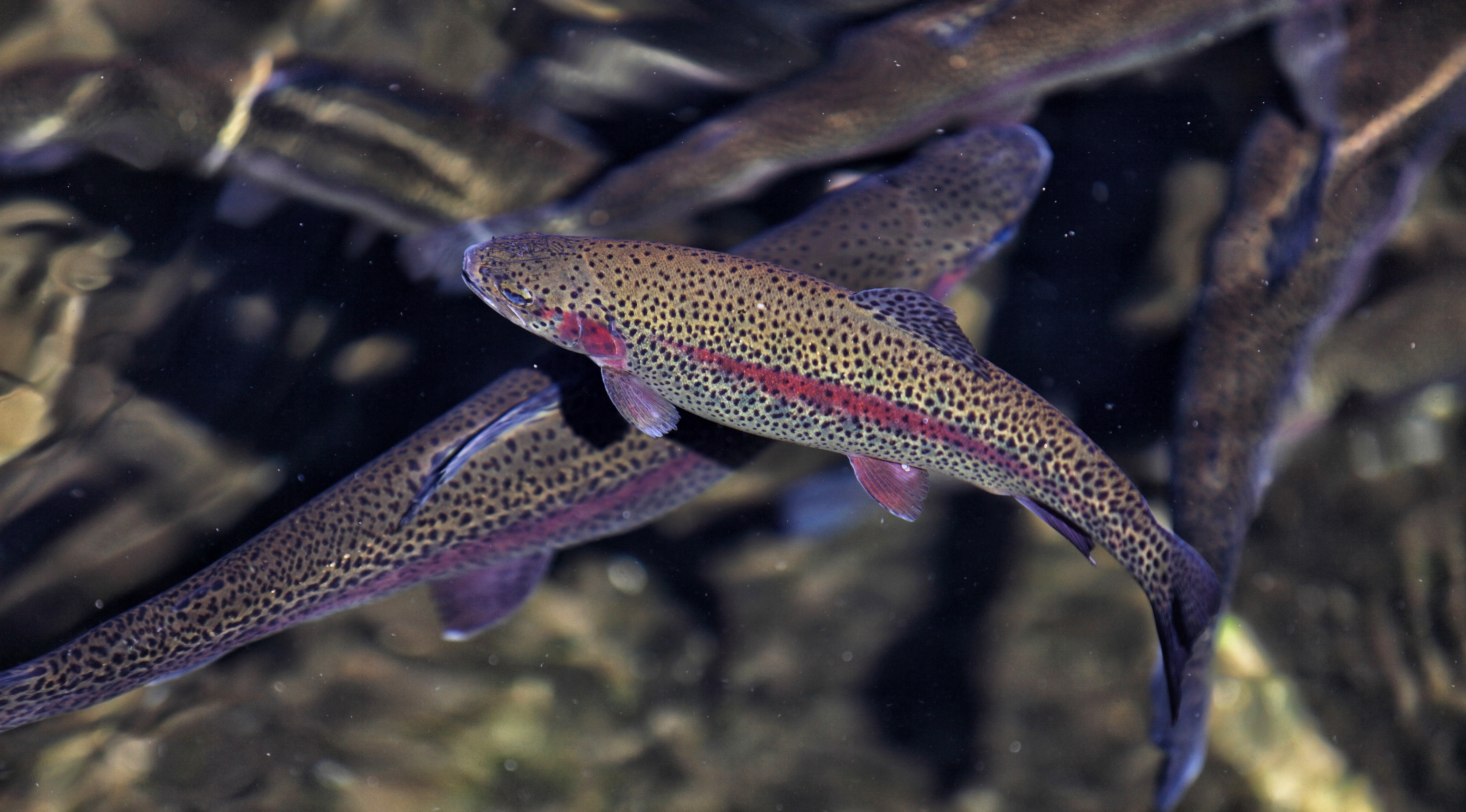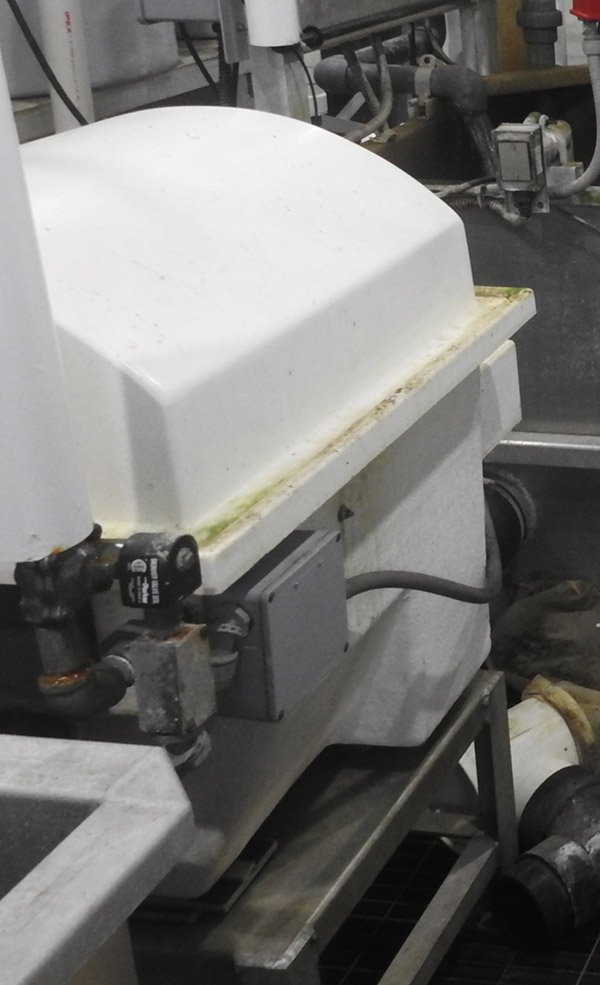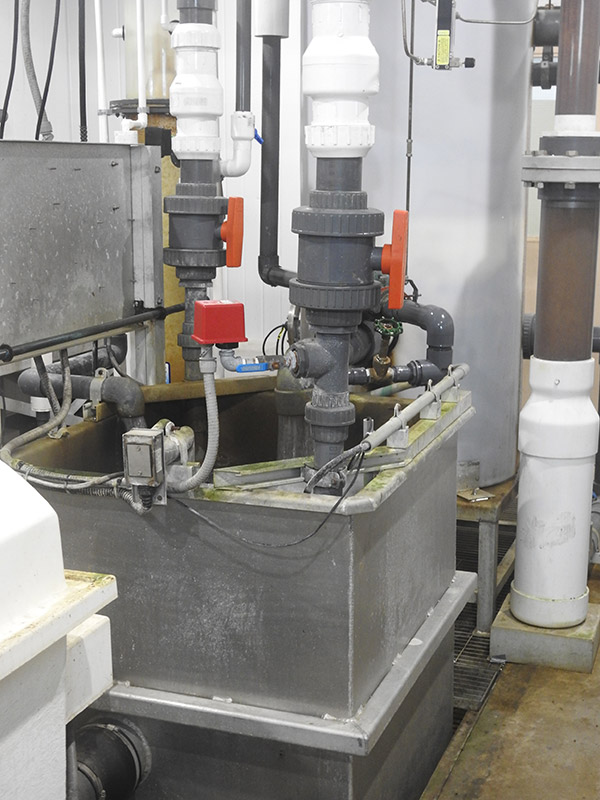Section 2 | Fish Health Management
Industry
Page 09 /
Water Quality
Water is life’s matter and matrix, mother and medium. There is no life without water.
Albert Szent-Gyorgyi

Ensuring excellent water quality is paramount to rearing healthy, productive fish. Focusing on water quality also means having as little impact on the ecosystem as possible.
The essential aspects of water quality that should be routinely monitored include:
- Temperature – affects activity, feeding, and growth
- Turbidity (suspended solids and plankton) – turbid water can limit fish growth
- pH – excessively high or low pH can affect fish health
- Dissolved oxygen – oxygen is vital for health and growth
- Ammonia and nitrates – these are major waste products of fish and excessively high levels can be toxic
There are many sensors available that can measure a variety of parameters, including dissolved oxygen, pH, ammonia/nitrates, temperature, turbidity, etc. To detail them here is beyond the scope of this module. What is important is that you discuss testing strategies with your fish health team and develop a routine of monitoring and an action plan should measured values deviate from acceptable levels.
For a good high-level overview of monitoring and measuring water quality, see Ohio State University’s video on Water Quality Testing for Fish Farmers.

Source: ACER Consulting Ltd.
Water Quality at the Alma Research Station
If you employ recirculating aquaculture systems (RAS), routine measurement of water quality is essential to fish health. The Alma Research Station at the University of Guelph employs a RAS and water quality is a critical component of management for the maintenance of fish health on the farm.

RAS fish tanks at the Alma Research Station
Alma employs strict water testing and treatment strategies to ensure excellent water quality. Outflowing water from all tanks drains into a drum filter.

Drum Filter, Alma Research Station
The drum filter pulls solids out and diverts them into a waste channel. From there, water travels through a biofilter and into a sump box. This biofilter provides a medium for “good bacteria” that break down ammonia (a waste product of fish present in the water). Here, the system adds supplemental oxygen to the water and removes foam (foam fractionation).

Sump box, RAS System, Alma Research Center
Water is routinely monitored in the sump box and at the biofilter. The testing protocol they recommend is to test at least 3 times per day — before and after feeding, as well as just before you leave the facility for the day. This ensures that ammonia levels are routinely monitored, deviations are uncovered in a timely manner, and that immediate corrective action can be taken before fish health is affected.

Source: ACER Consulting Ltd.
Water Quality in Other Systems
Water quality in flow-through and cage farm aquaculture systems depends largely on the flushing/diluting effect of adding fresh water into the facility/pens. Flow-through farms should focus on Cleaning and Disinfection of the tanks on a routine basis to ensure that waste and other contaminants or infectious pathogens do not accumulate. As well, water discharged from the facility should be monitored to ensure ecosystem health.
Interested in how Cedar Crest ensures the water they use is returned to the environment is of the highest quality possible? Check out Ontario Aquaculture – Land-Based Water Quality
Cage farms in Ontario also routinely monitors water quality to minimize environmental impact and optimize fish health. Follow this link to learn more: Ontario Aquaculture – Cage Farm Water Quality.